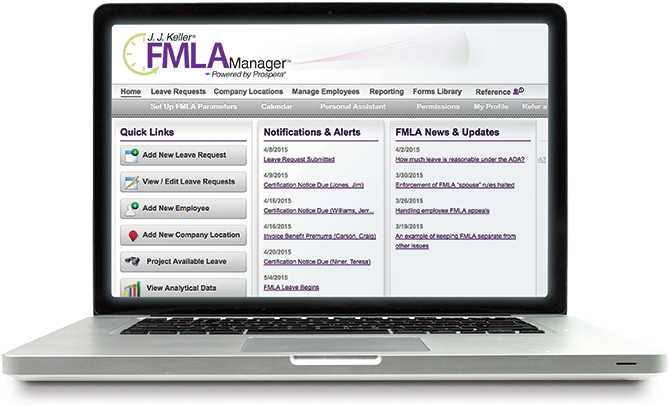Employees don’t need to be primary caregiver
Zach’s father had been recently diagnosed with a serious health condition, and Zach wanted to take some time off to help out. Emily, the company’s FMLA administrator, had reviewed the certification she requested, but wasn’t sure if Zach was truly entitled to such leave. His mother was able and available to take care of his father, and then there were the various doctors and nurses. Surely Zach’s father was in good hands and would not really need Zach’s care. Emily thought she had also heard that an employee needed to be a primary caregiver in order to take FMLA leave to actually care for a family member.
Emily wanted to be sure, however, so she did a little digging.
Caring for a family member
The federal Family and Medical Leave Act (FMLA) entitles eligible employees to take leave for various reasons, including to care for a family member with a serious health condition. The entitlement isn’t all-encompassing, but there are some provisions that are to be read and applied broadly.
To begin with, a family member is part of a limited group. The definition includes only spouses, children, and parents. The definitions of spouses, children, and parents are spelled out in the regulations, and include such family members as same-sex spouses, adopted children, and those who stood in as parents. It does not, however, generally include parents-in-law, siblings, or grandchildren.
The term “needed to care for” a family member is, however, rather broad. It encompasses both physical and psychological care. It includes situations in which, for example, because of a serious health condition, a family member is unable to care for his or her own basic medical, hygienic, or nutritional needs or safety, or is unable to transport himself or herself to the doctor.
No need to be the primary caregiver
Therefore, Zach may take FMLA leave to perform tasks such as drive his father to appointments or to prepare meals for him. This would be true even if Zach’s mother was available to do such tasks. The regulations do not limit this care to only the one person who would be considered a “primary caregiver.” In fact, the term “primary caregiver” does not show up in the regulations. The regulations do, however, indicate that “The employee need not be the only individual or family member available to care for the family member….”
The term also includes providing psychological comfort and reassurance that would be beneficial to a family member with a serious health condition, even if the family member is receiving inpatient or home care. Therefore, Zach would be entitled to take FMLA leave to simply hold his father’s hand, if that comforted his father.
A certification should indicate whether an employee is needed to care for the family member and what care will be provided. It need not indicate that the employee is the only or primary caregiver.
In an interpretation letter, the Department of Labor’s Wage and Hour Division indicated that events such as attending a care conference related to a family member’s health condition would be included in the “needed to care for” concept. Such a conference would likely involve a discussion between the family member’s health care providers about the family member’s condition, immediate needs, incidents, and general well-being.
Key takeaway: Zach need not be a primary caregiver, the only caregiver, or be providing only hands-on physical care as would a health care provider. He would need to meet the eligibility criteria, his father would need to have a serious health condition, and the care Zach would provide would help his father. A certification should indicate what care an employee is providing to a family member.
You may also enjoy the following articles:

The J. J. Keller FMLA Manager service is your business resource for tracking employee leave and ensuring compliance with the latest Federal and State FMLA requirements.